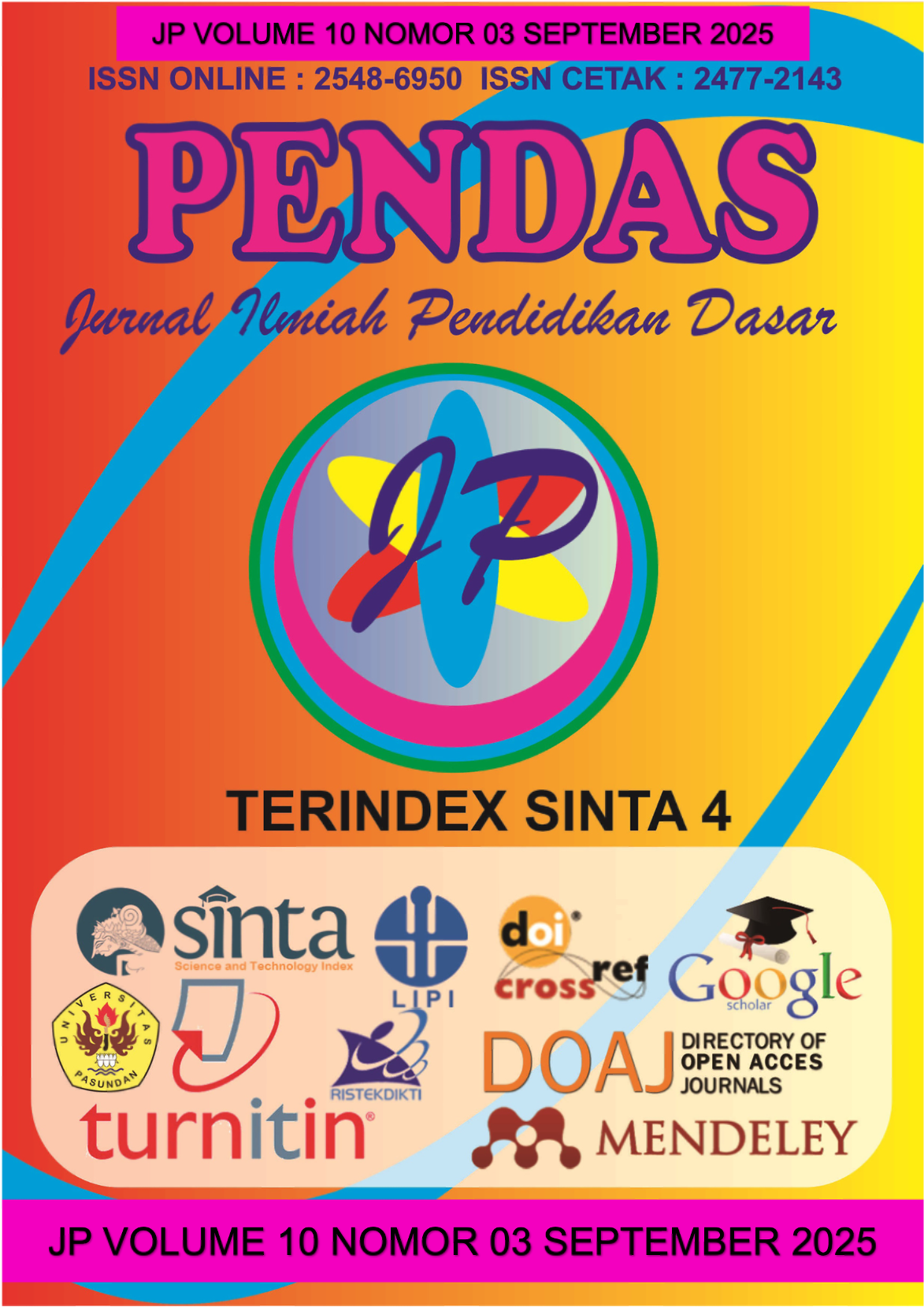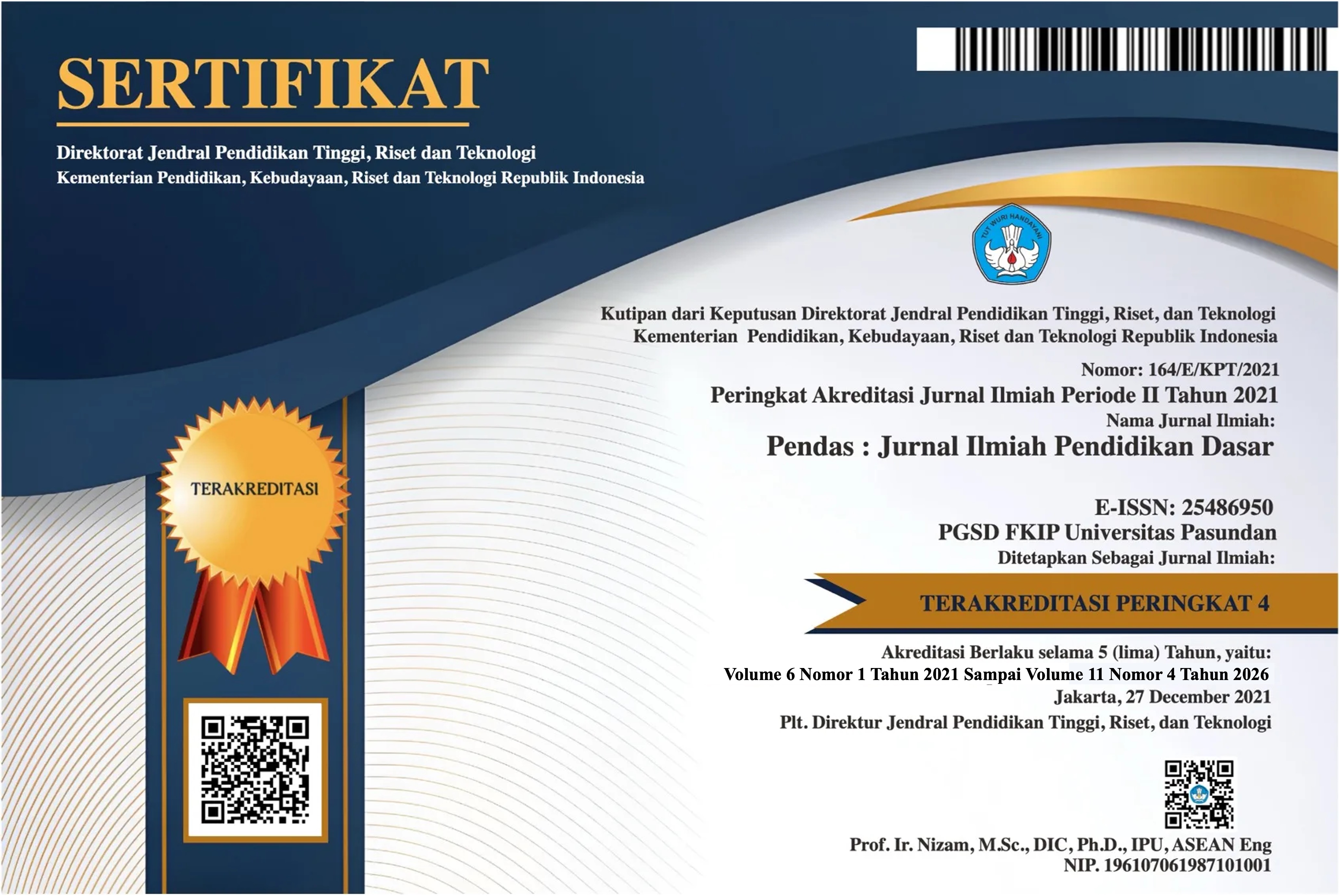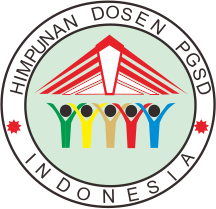ANALISIS FAKTOR PENYEBAB KESULITAN BELAJAR SISWA PADA KEMAMPUAN MEMBACA PERMULAAN KELAS 1 MIS BIDAYATUL HIDAYAH 3 DENA
DOI:
https://doi.org/10.23969/jp.v10i03.31709Keywords:
Analysis, Early reading, Learning difficulties, Causal factorsAbstract
This study aims to identify and analyze in depth the factors causing difficulties in
learning to read at the beginning of first grade at MIS Bidayatul Hidayah 3 Denai, as
well as to describe the efforts of teachers in overcoming these difficulties in order to
improve the basic literacy skills of students. This study was motivated by the low
level of reading skills among most students, as seen from initial observations where
some students are not yet familiar with letters, are still in the spelling stage, and are
unable to read with proper intonation and comprehension. The method used in this
study is qualitative descriptive with a case study approach, which allows the
researcher to examine contextually and in depth the symptoms and causes of
reading difficulties. Data collection was conducted through direct observation,
interviews with class teachers and parents, questionnaires, and documentation. The
research subjects included 22 first-grade students, class teachers, and parents. The
results showed that only 50% of students could read fluently, 23% were still
sounding out words, and 27% could not read at all. The main findings indicated that
reading difficulties are caused by internal factors such as lack of concentration, low
motivation, weak reading interest, difficulty recognizing letters and spelling, as well
as psychological factors such as low self-confidence. Additionally, external factors
such as insufficient parental guidance at home, an unsupportive environment, and
the use of inappropriate teaching methods also contribute to the low reading ability
of students. Efforts made by teachers include dividing students into groups based
on reading ability, providing special guidance, and applying global and syllable
methods to help students gradually recognize letters, syllables, and words. This
study concludes that improving early reading skills requires synergy between
effective learning approaches, home environment support, and special attention
from teachers to create a enjoyable and meaningful reading learning process for
students from an early age.
Downloads
References
analysis: An expanded
sourcebook. SAGE
Publications.
Miles, M. B., Huberman, A. M., &
Saldaña, J. (2014). Qualitative
data analysis: A methods
sourcebook (3rd ed.). SAGE
Publications.
Muammar. (2020). Metode
pembelajaran membaca
permulaan. Alfabeta.
Pertiwi, D. S. K., & Pratikno, A. S.
(2024). Analisis faktor kesulitan
membaca permulaan pada
siswa kelas 1. Jurnal Inovasi,
Evaluasi dan Pengembangan
Pembelajaran (JIEPP), 4(2),
303–309.
https://doi.org/10.33578/jiepp.v
4i2.309
Rahim, F. (2018). Strategi dan teknik
membaca. Bumi Aksara.
Undang-Undang Republik Indonesia
Nomor 20 Tahun 2003 tentang
Sistem Pendidikan Nasional.
Farida Rahim. (2008). Pengajaran
membaca di sekolah dasar.
Bumi Aksara.
Miles, M. B., & Huberman, A. M.
(1994). Qualitative data
Downloads
Published
Issue
Section
License
Copyright (c) 2025 Pendas : Jurnal Ilmiah Pendidikan Dasar

This work is licensed under a Creative Commons Attribution 4.0 International License.



















